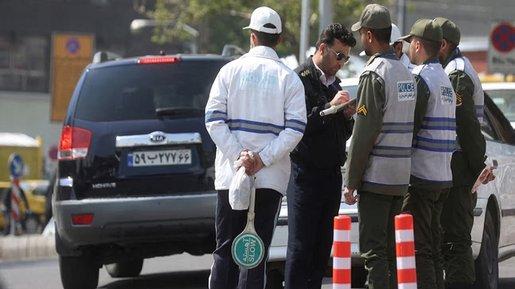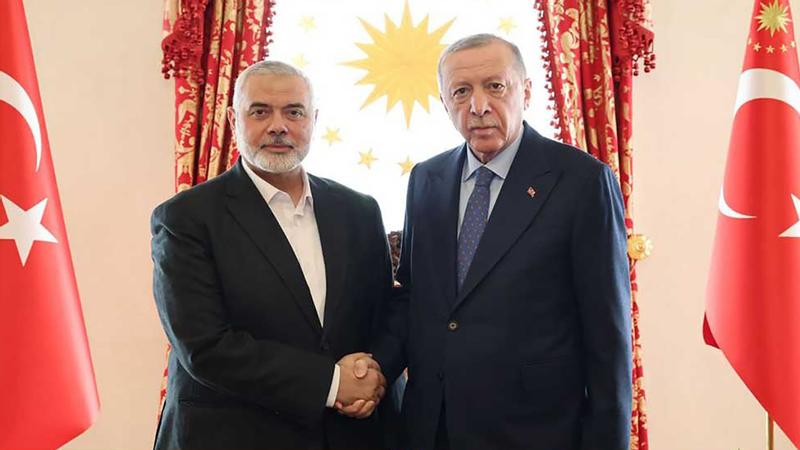Researcher captures first ever pictures of Himalayan marmot in Arunachal
Photo: Collected
What do you know about Marmots? For many, they are yet another animal whose ‘cuteness’ has taken over the internet. For researchers, it is an animal whose habitat is spread across the world in one way or the other. But few, if any, know that these furry creatures are found in India too. This is why the work of research scholar Hiranmoy Chetia, born and brought up in Arunachal Pradesh, assumes so much significance.
Chetia has collected the first photographic evidence of the Himalayan Marmot (Marmota himalayana) in the state.
Himalayan Marmots are rare ground squirrel species previously sighted in Ladakh, Himachal Pradesh, Uttarakhand and Sikkim. Although there were reports of sightings in Arunachal Pradesh, there were no images.
Chetia, a PhD scholar under Dr Murali C Krishna at Noida’s Amity University, has been studying this species for the past four years. His study has been published in The Journal of Threatened Taxa.
From a makeshift tent at Zithang in Tawang district, he waited patiently for the squirrels to appear so he could take the first-ever pictures of the Marmota himalayana in Arunachal Pradesh. The Marmota himalayana is one of the largest among the marmots, about the size of a house cat. It has dense, woolly fur, which is rufous grey on the back and rufous yellowish on ears, belly and limbs.
“My research aims to understand the diversity, distribution, and threats to the squirrels in this region. To do this, I travel to different locations and document the diversity and distribution of squirrel species. I also investigate the relationship between squirrels and various communities or tribes in the state, especially how some squirrel species are used by them,” Chetia told EastMojo.
The mammalian family of Sciuridae includes squirrel species adapted to different habitats. Based on their adaptations, they are classified as tree squirrels, gliding squirrels, and ground squirrels. The particular tribe Marmotini, which includes the burrow-dwelling ground species, has 13 genera comprising 95 species.
One of Chetia’s interest areas was the Himalayan marmot, which had been reported from the higher elevations of western Arunachal Pradesh but was never documented. So, in September 2022, he visited Tawang and then proceeded to Mago, a small village under the Thingbu tehsil of the Tawang district.
The species Marmota himalayana has a large range that extends over a vast area in the mountains of southern Asia, including the Kuenlun, Arkatag, Altyn Tagh, and Nan Shan mountain ranges, the Tibetan Plateau, Sikkim, and Bhutan. In India, the species occurs in Ladakh, Himachal Pradesh, Uttarakhand, Sikkim, and Arunachal Pradesh.
The present study was carried out in high-altitude grasslands near Mago village of Thingbu Tehsil of Tawang district Arunachal Pradesh. Mago is situated at around 3,600 m elevation and the grasslands are at around 4,000 m elevation, where the marmots occur. This particular observation was carried out at Zithang.
“I travelled to Mago via Jang. The road to Mago was incomplete at that time, so I had to ride my bike to Jhanda Point and then trek for about an hour to reach the village. I rested there for a day and then trekked for another three hours to Zithang, the base camp for the Gorichen peak. I stayed in a makeshift tent at Zithang and waited for the marmots to emerge from their burrows. After half an hour, I was rewarded with the sight of these elusive animals,” Chetia, recounting the journey, tells EastMojo.
Throughout the year, there is no absolute frost-free period and undulating mountains surround the whole area. The river that flows in the region is locally known as Yechum. The grasslands are used as grazing lands by the yak-herders of the Brokpa community (Brokpa are a sect of the Monpa people, who rear livestock such as yak, dzo and sheep, and live a nomadic lifestyle).
Once there, visual observations were made using binoculars and recorded using a camera. Chetia observed that the marmots did not like to venture out in gloomy weather, but spent most of their time foraging, grooming, and playing when the weather was clear.
“We have documented the Himalayan Marmots foraging on grass, coming out from the burrows, taking a mouthful of grass, and again going back to the burrows. This is also indicative of their preparedness in view of the harsh winters,” he says.
The Himalayan Marmot is locally known as the ‘Gomchen Chikpa’ (Gomchen meaning hermit) in the Dirang Monpa language. When asked about why it is called so, they said that since they are not seen during the winters (because they hibernate), they are thought to be meditating in the burrows, like a hermit. As the inhabitants of the region predominantly follow Tibetan Buddhism, they usually do not hunt.
But there are reports of using marmots in the preparation of ethnomedicines.
The fat of the animal is used as a pain reliever. The fat is melted and rubbed in the area of pain. The skin of the animal is also used as a pain-relieving belt and wrapped around the area of pain to get relief from pain. The high-altitude grasslands are used as grazing places for livestock by the Brokpa people.
While discussing squirrels, tree squirrels, and flying squirrels are commonly thought of. “But this new addition of ground squirrels from the state lifted the status of Arunachal Pradesh as one of the few states of India where all three adaptations of squirrel species are found,” Chetia says.
Though the Himalayan Marmot is listed as “Least Concern” by the IUCN Red List of Threatened Species, the species faces threats from habitat loss, hunting, predation from feral dogs, and climate change.
The researchers suggest that more studies are needed to assess the population status and distribution of this species in India, especially in Arunachal Pradesh where it has been overlooked so far.
The researchers expressed their gratitude to Divisional Forest Officer Tawang Sange Tsering, Range Officer Tage Haniya, and Supriyo Roy, the Divisional Forest Officer, Tawang, for their support during the study.
“In order to organise and control large numbers of livestock and to protect them from potential predators, herding dogs are used. During our visit to the grasslands, we have reported instances of dogs predating on marmots,” he said.















